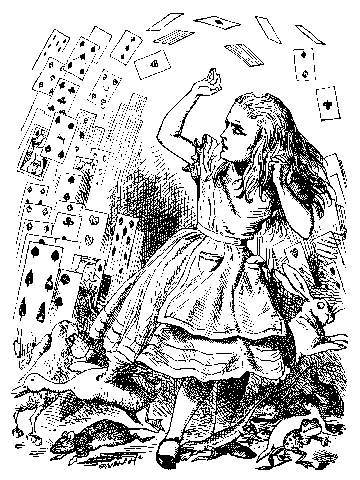What can I do in COVE Groups?
Group members

An exploration of the Victorian illustrated book as it came into being, flourished, and evolved during the long nineteenth century. This writing-intensive Honors Forum course examines how a genre designed for adults found a home in children’s literature at the end of the nineteenth century and gains new expression in our time through the graphic classics, a prescient form of material culture. Students will learn how to evaluate and interpret an illustrated text by “reading” illustrations to decipher meaning, engaging in creative practice to become author-illustrators, and mounting an exhibition of Victorian illustrated books.
This course provides you with an exciting opportunity to design and install an exhibition on COVE, which entails the following: reading about designing an exhibition; choosing illustrated books to develop an exhibit on Victorian illustrators; coordinating images to display in a virtual case; writing and revising brief write-ups called captions; creating an introduction to the exhibit and your case. You may choose an illustrator from this list, which includes the illustrators we have already studied this semester (e.g. Cruikshank, Tenniel, Carroll, Doyle, Potter): https://victorianweb.org/art/illustration/index.html. Images must be in the public domain, so I encourage students to explore The Victorian Web, the British Library, Wikipedia, and The Fox-Adler Collection, which is fully digitized.
